SCS Blog Search
| Title | |
|---|---|
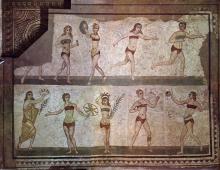
|
Blog: Ancient Worlds, Modern Communities: Interpreting the Ancient World through Music, Art, and PhotographyNina Papathanasopoulou | |

|
Blog: The Two Cultures: Classics and Science in a Time of PestilenceKyle Harper | |

|
Blog: Latin Novellas and the New PedagogyThomas Hendrickson | |
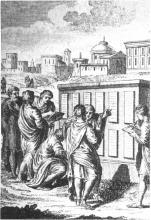
|
Blog: Updates to the SCS Blog guidelinesT. H. M. Gellar-Goad | |
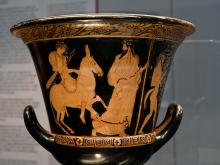
|
Blog: A Brief Guide to Disability Terminology and Theory in Ancient World StudiesAlexandra Morris, Debby Sneed | |
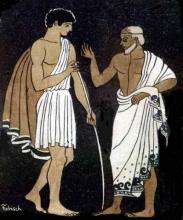
|
Blog: Reflecting on Two Years of the AAACC Mentorship ProgramChristopher Waldo | |
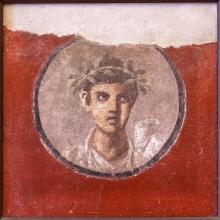
|
Blog: Contingent Faculty Series: A Conversation with Daniel LibatiqueDaniel Libatique | |
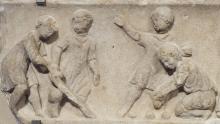
|
Blog: Think of the Children: Reflections on Reception of the Classical Worldfunkem, victoriaaustenperry | |
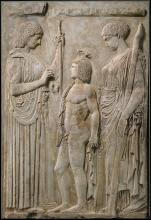
|
Blog: Classics Everywhere: Fostering Interaction and Engagement in School-Aged ChildrenNina Papathanasopoulou | |
